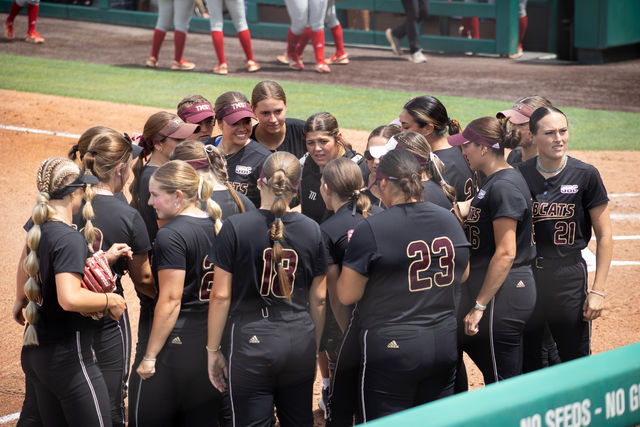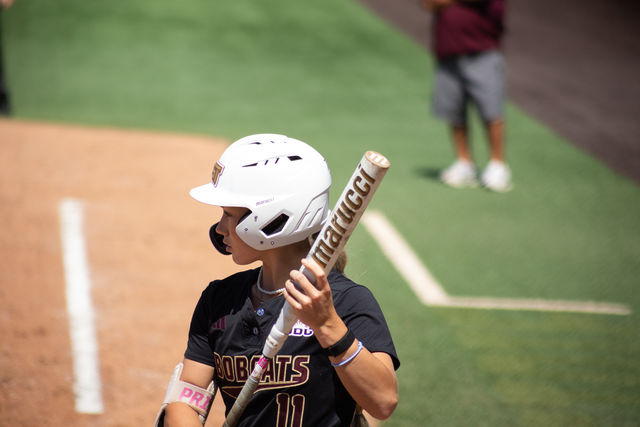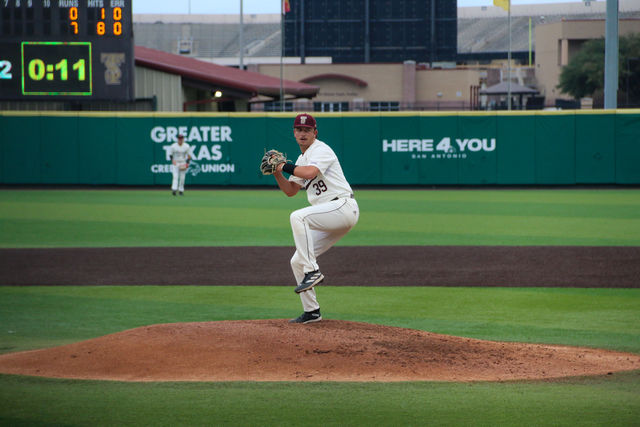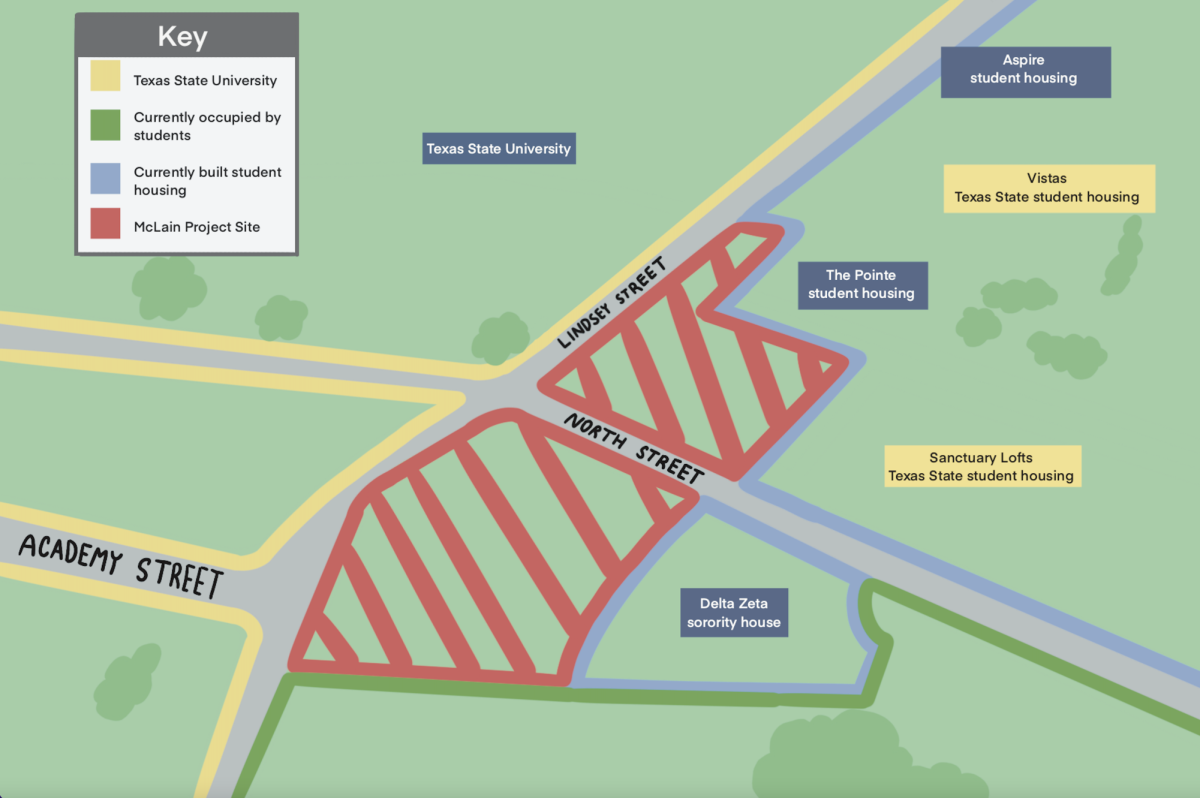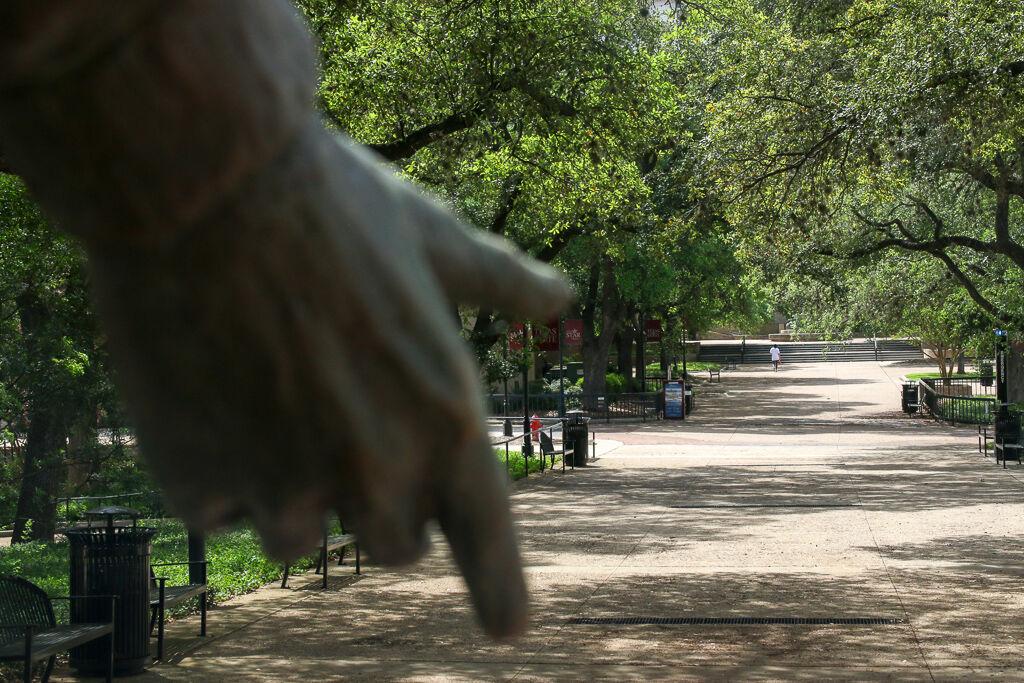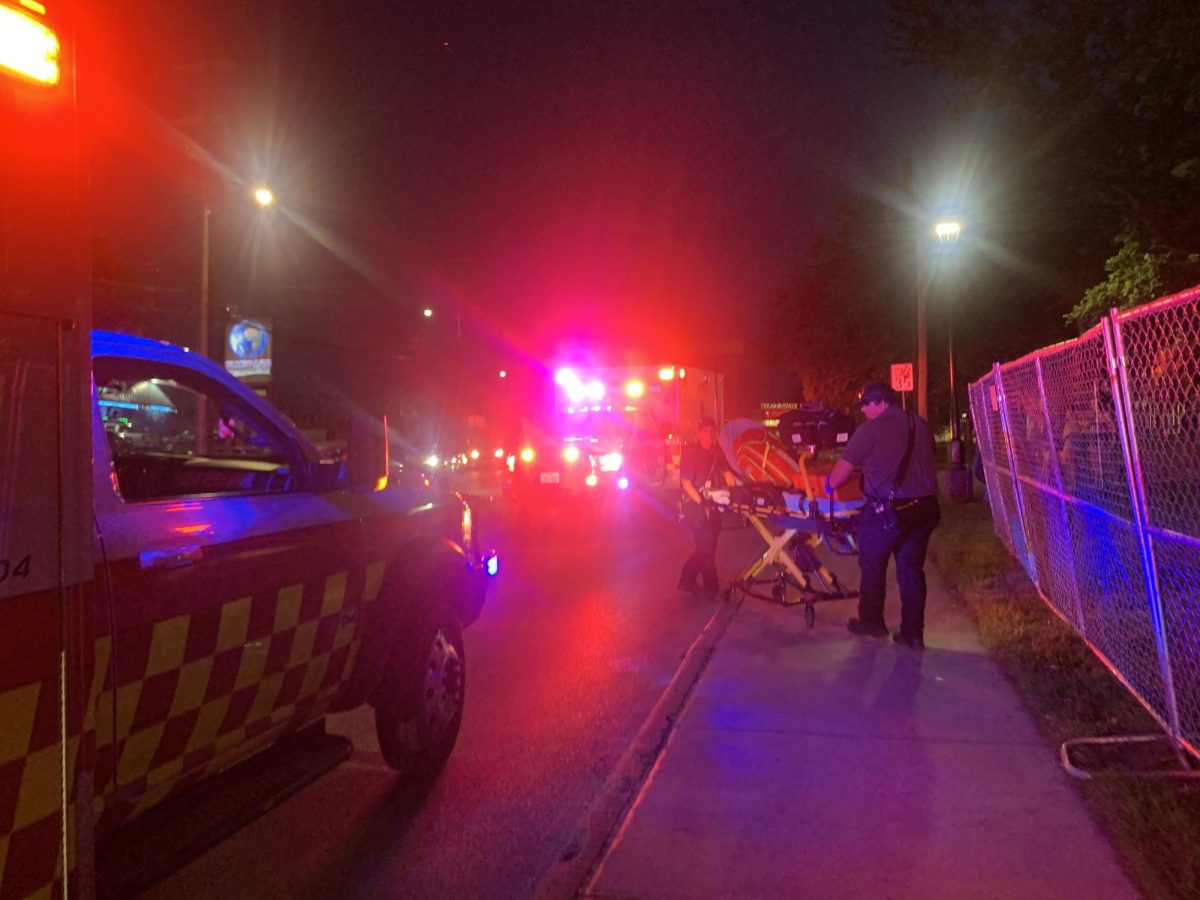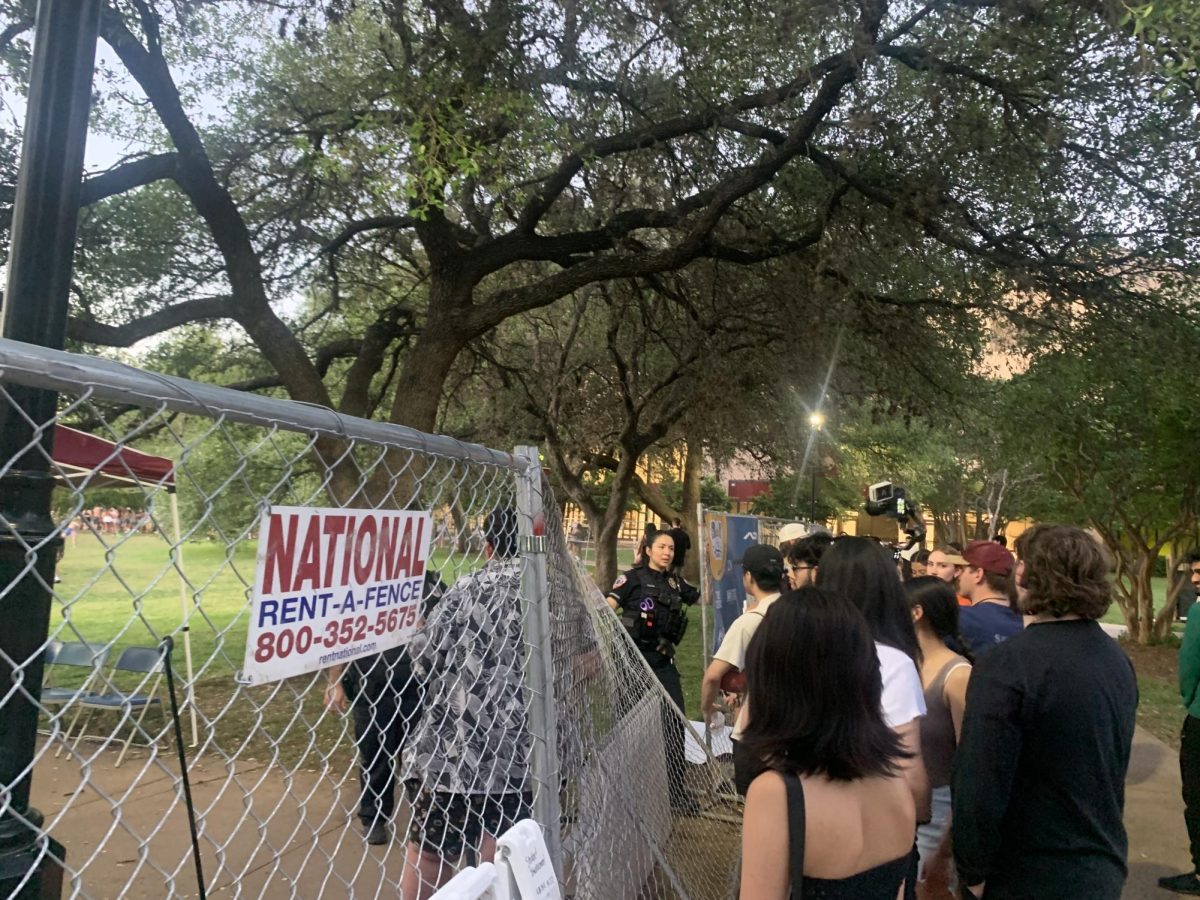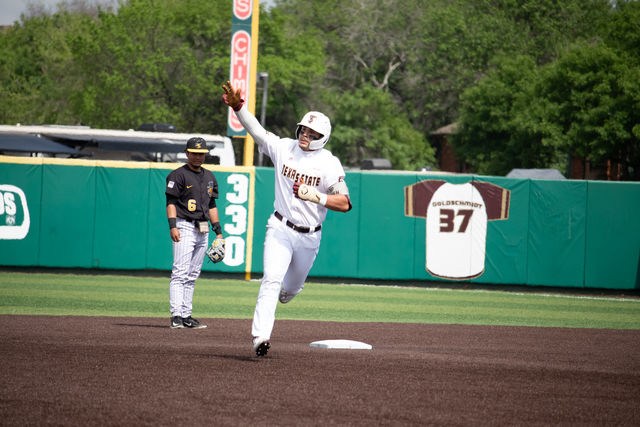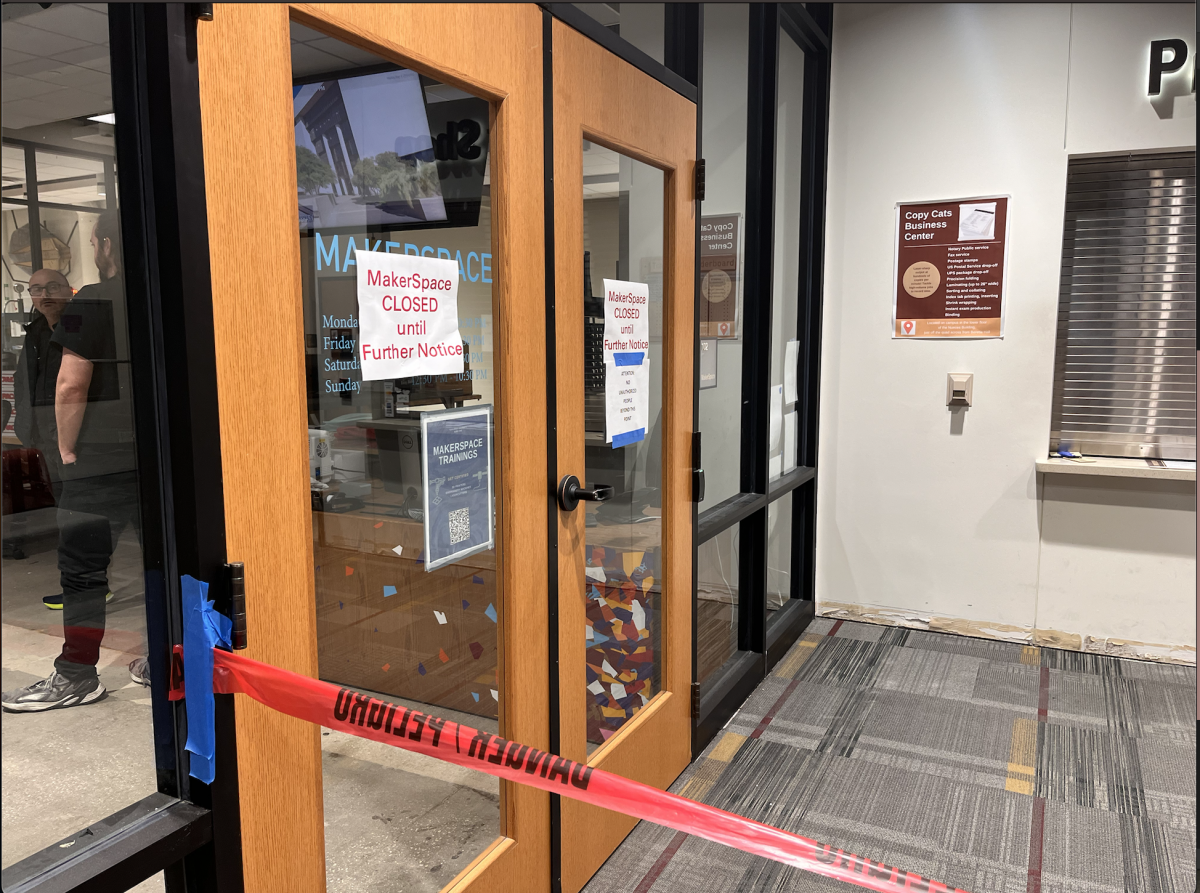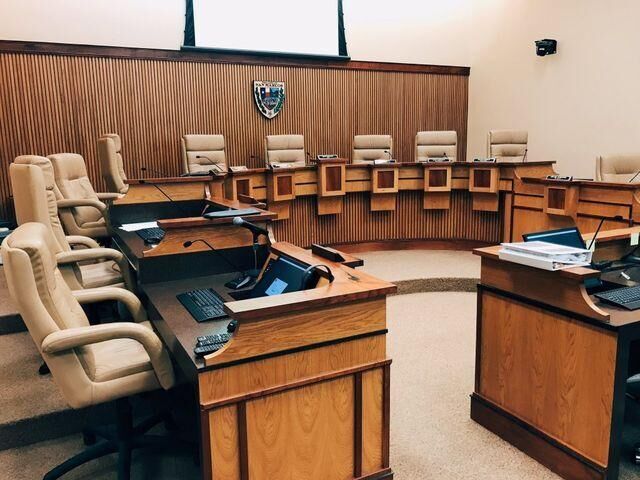University President Trauth provided a series of updates from work groups planning for continuing in-person campus operations during summer II and the fall semester.
On Friday, May 22, work group chairs delivered preliminary recommendations to the president’s cabinet. The work groups include: The Health, Wellness, and Safety Work Group; Continuity of Student Life Work Group; Continuity of Education Work Group; Continuity of Research Work Group; Continuity of Housing Work Group; Faculty and Staff Morale Work Group; Continuity of Intercollegiate Athletics Work Group and the Commencement Planning Work Group.
As the work groups’ recommendations are finalized, the president’s cabinet will provide updates to the university community on the process for implementing the recommendations.
In an email, Trauth said the cabinet plans to publish resource guides on how to safely return to campus to the Texas State COVID-19 website.
Below is a list of updates from each of the work group chairs. All of the details from the work group updates can also be seen on the pandemic and post-pandemic work groups site.
Health, Wellness and Safety Work Group
The group’s charge was to prepare a plan for the university’s response in the likely event that students, faculty and staff test positive for COVID-19 in fall 2020 and to develop prevention and safety procedures to promote health and wellness.
Updates:
- General health and safety principles: Promoting physical distancing in workspaces, classrooms, etc.; Face mask policy; Promoting hygiene practices via an educational campaign; Providing hand sanitizer in campus facilities and gathering places; Disinfecting facilities; Temperature checks and symptom assessment
- Teaching and learning environments: The general health and safety practices adapted specifically for classroom and lab environments; Ventilation of classroom spaces; Transitioning from one class to another using the same space; Addressing density of certain campus spaces to decrease crowding; Improving campus traffic patterns by possibly reducing class sizes, shifting some classes to remote or hybrid instruction; Adapting shuttle bus operations to promote social distancing and enhanced cleaning
- Workplace: The general health and safety practices adapted specifically for workplace environments on-campus; Employee self-assessments that could include temperature checks; Incorporating physical barriers and reconfiguring furniture in some workspaces to promote physical distancing; Protocol for meetings, breakrooms, elevators, travel, and extended remote work options to encourage physical distancing
- Housing and Residential Life: The general health and safety practices adapted specifically for housing and residential life on-campus; Adjustments or exceptions for students with chronic medical conditions; Educational material promoting healthy behavior and hygiene
- Campus Recreation: The general health and safety practices adapted specifically for indoor and outdoor recreation, for club sports, for intramural sports, and individual workouts in university facilities; Exploring expanding outdoor programs with limitations, while reducing indoor programs; Suspending team play within the Student Recreation Center
- Dining Services: The general health and safety practices adapted specifically for Dining Services; Expanding takeout food options, while reducing self-service options and in-room dining options; Screening employees daily
- Co-Curricular Activities and Events: Assessing event participation maximum limits; Recommendations for holding student meetings
- Wellness: Branded university-wide campaign targeting healthy behaviors to prevent the spread of the virus, including but not limited to educational programs, signs, public service announcements, small outreach events, social media, and virtual orientation programs; Telehealth and remote services options from the Counseling Center, the Student Health Center, and the Student Recreation Center; Human Resources employee assistance programs
- Communication and Marketing: Executing a communications plan regarding health and safety measures implemented for students, parents, and employees; Periodic updates of accurate information; Sharing safety measures being taken, but reiterating that risk of exposure to COVID-19 cannot be eliminated
- Persons at High Risk: Exploring modifications for persons at high risk for complications from COVID-19 based on a risk assessment for exposure
Continuity of Student Life Work Group
This group’s charge was to assess what student life will look like on a day-to-day basis, recommending innovative ways to effectively and safely engage students through co-curricular activities.
Updates:
- Identified upcoming university-level student events for fall 2020 that require special consideration due their size and complexity, including Bobcat Preview, Housing Move-In, New Student Convocation
- Identified the sub-events that fall under each large event, which events are required versus optional, and options for delivering select events remotely, in-person with some modifications, and which would be cancelled if need be
- Recommended holding New Student Convocation remotely, which was approved by the President’s Cabinet
The group is also in the process of making recommendations that address the following:
- Coordinating in-person and remote student events
- Gathering input from Student Affairs and academic organizations
- Exploring diversity, equity, and inclusion considerations, as well as considerations for students with health risks, disabilities, and financial need
Continuity of Education Work Group
This group’s charge was to recommend instructional delivery modes for summer II and fall 2020 classes, summer II camps and other on-campus events. They will explore alternatives for fall 2020, including delaying the start of the semester and modifying the plan to begin with face-to-face instruction.
The group received input from faculty, school directors and deans to make recommendations addressing the following:
- Offering multi-modal delivery of classes that allow for in-person or remote access so students can alternate between delivery type to limit in-person class density to no more than 50 percent of classroom capacity
- Utilizing alternative spaces on campuses, such as unused fitness areas, large conference rooms, and library spaces to decrease density in large size classes and allow for physical distancing
- Strongly recommending face coverings in all classes
- Ensuring that an online version of all course offerings is available as a contingency plan
- Preparing faculty for online instruction and providing resources and support to navigate the new learning environment
- Addressing safety in teaching labs, clinical practices, internships/cooperative education, field trips, performance spaces and studios, and academic offices
- Outlining guidelines for on-campus academic events
Continuity of Research Work Group
This group’s charge was to develop a plan for a phased resumption of research activities and work from the assumption that research laboratories are closed except for critical activities.
The group made recommendations, which were approved by the president’s cabinet, that address the following:
- Promoting the continuation of research work remotely
- Limiting staff in research facilities to approximately 25 percent
- Limiting new project initiation and routine data collection that is not time-sensitive
- Customizing protocols for specific situations in Humanities, Social Sciences, and STEM
- Prioritizing select research projects based on location (i.e., field research and travel) and deadlines (promotion/tenure, student progression, degree completion, etc.)
- Enforcing a rigorous Standard Operating Procedure (SOP) regarding work shift access, facial coverings, hygiene protocol, physical distancing, lab density limits, and disinfectant protocols
- Moving to Phase 1 resumption of laboratory-based research as soon as possible with the health and safety of the faculty, staff, and students as the highest priority
Continuity of Housing Work Group
This group’s charge was to address financial issues related to housing and operational changes in housing.
The group is in the process of making recommendations that address the following:
- Extending move-in period to allow for physical distancing
- Decreasing room occupancy in Blanco Hall from triple to double rooms
- Establishing quarantine units in Bobcat Village Apartments
- Operationalizing cleaning protocols
- Altering shared spaces to allow for proper physical distancing
- Communicating early and often with residents and families regarding expectations and procedures
- Providing Personal Protective Equipment for residents and staff
- Reviewing visitor and vendor access policy
- Assessing the safety and financial impact of the three different planning scenarios
Faculty and Staff Morale Work Group
This group’s charge was to monitor the morale of university employees, develop and execute surveys and focus groups designed to elicit information regarding employees’ emotional and mental wellbeing, securing open lines of communication to the cabinet and recommend strategies for helping faculty and staff cope with changes.
The work group is in the process of making recommendations that address the following:
- Checking in with employees via periodic group meetings
- Providing opportunities to share feedback and questions
- Incorporating input from Staff Council
- Sharing additional video messages with employees
- Implementing change management strategies and providing resilience training for managing unique situations
- Surveying all faculty and staff
- Leading focus groups to gather employee feedback, ideas, and recommendations to assess morale and next steps
Continuity of Intercollegiate Athletics Work Group
This group was charged with making recommendations for a phased approach to the resocialization of student athletes and hosting events in all athletic facilities.
The group made recommendations that address the following:
- Implementing a phased-in plan for student-athletes to return to facilities for voluntary strength and conditioning workouts
- Establishing student-athlete and athletic staff health monitoring protocols
- Sanitizing training facilities and equipment in accordance with CDC guidelines
- Creating study hall guidelines that allow for proper physical distancing
- Developing a plan for hosting live events with fans
Commencement Planning Work Group
This group’s charge was to recommend strategies to implement virtual commencement ceremonies for spring and summer 2020 graduates on August 6, 7 and 8, explore the feasibility of adding one or more in-person make-up ceremonies in the fall and recommend ways to manage future commencement ceremonies.
The work group established subgroups to plan the logistics and details of hosting virtual commencement ceremonies in August while considering the possibility of holding in-person ceremonies at a later date.


